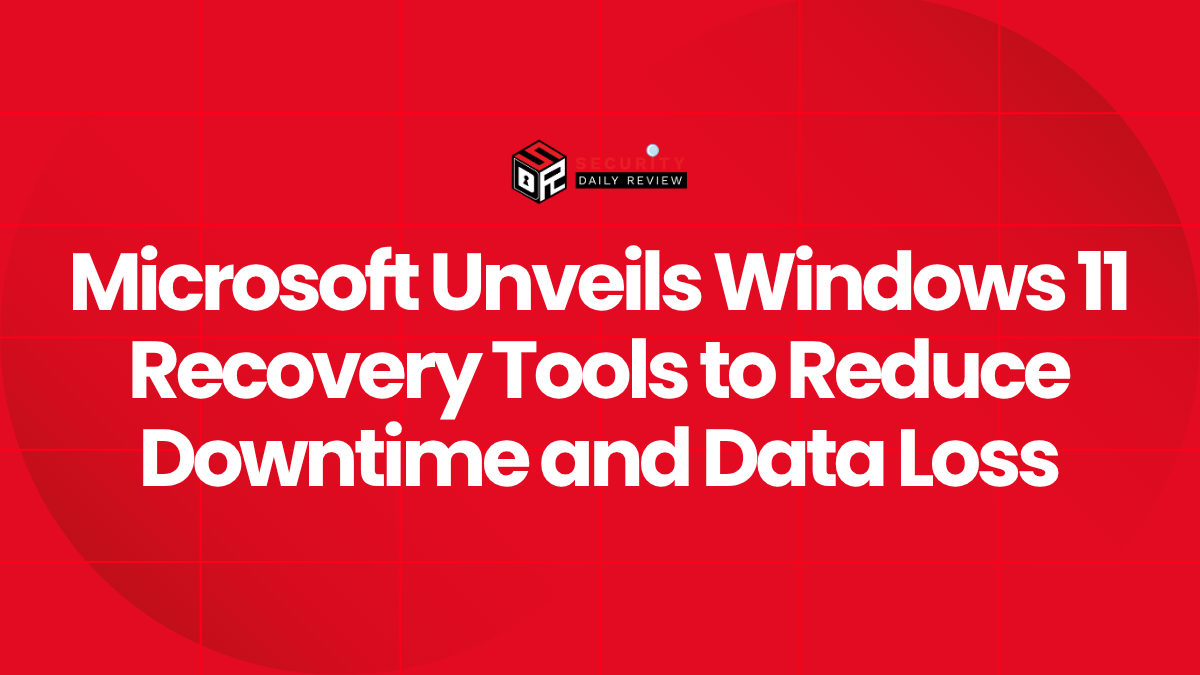Microsoft is bringing one of its most widely-used threat detection tools, Sysmon (System Monitor), into the Windows operating system itself—removing the need for administrators to deploy it separately. Starting in 2025, Sysmon will ship as part of Windows 11 and Windows Server 2025 installations. This move signals a deeper commitment by Microsoft to strengthen native endpoint monitoring functionality and enhance out-of-the-box telemetry for defenders.
The change was announced by Microsoft security engineers at the BlueHat IL 2025 conference, where the company also unveiled new advanced logging features that will arrive alongside the integration.
Native Sysmon Integration Will Streamline Security Operations
The new native integration will simplify deployment and reduce potential misconfigurations. Historically, defenders and system administrators have relied on Sysmon—a member of the Sysinternals suite—to capture detailed process-level telemetry for threat hunting and incident response.
Enhanced Logging Will Be Built Into Windows Event Logging Infrastructure
One of the major benefits of the integration is that Sysmon’s output will now be incorporated directly into Windows’ existing event logging infrastructure. This turns typically ad-hoc telemetry into centrally-managed, policy-enforced data collection.
Key enhancements include:
- Logs will be stored within the Windows Event Log subsystem rather than external files.
- Sysmon configuration will be managed using standard Windows policy mechanisms.
- PowerShell cmdlets and scriptable telemetry management are expected to follow.
Security teams will no longer have to manage standalone agents or script deployments across large fleets. This tighter integration aligns Sysmon with Microsoft’s Defender ecosystem, offering better visibility via Microsoft Sentinel and Defender for Endpoint.
Microsoft’s Move Reflects a Broader Threat Detection Strategy
Shipping Sysmon with Windows core editions appears to be part of Microsoft’s evolving posture around native threat detection, detection engineering, and forensics.
Sysmon’s Capabilities Make it Critical for Defenders
Sysmon provides deep system-level telemetry, including:
- Process creation events with command-line arguments and hashes
- Registry modifications
- Network connections and DNS queries
- File creation time changes
- Named pipe creation
This telemetry is foundational for building detection rules, tracing adversary activity, and supporting MITRE ATT&CK mappings in environments without premium EDR (Endpoint Detection and Response) offerings.
Microsoft emphasized that existing functionality will be preserved in the built-in version, and future updates will build on this feature set rather than restrict it.
“This allows us to take the wealth of threat detection knowledge built around Sysmon and make it part of every compatible Windows deployment by default,” said Microsoft engineers during the announcement.
Growing Ecosystem Will Benefit From Uniform Deployment
Security vendors and blue teams have crafted community-driven YAML-based parsers and Sysmon configurations for years. Tools like Sysmon Modular and SwiftOnSecurity’s public configs allow for tailored monitoring that aligns with threat models.
With Sysmon present by default, defenders will gain telemetry parity across endpoints, reducing both initial configuration time and gaps in visibility. Microsoft’s approach addresses long-standing complaints about inconsistent logging coverage across large Windows environments.
Key Considerations for Enterprises and Security Teams
The move does raise new considerations for system administrators and SOC (Security Operations Center) engineers.
Upgrading and Compatibility Planning Will Be Essential
Organizations planning to migrate to Windows 11 or Server 2025 should begin:
- Reviewing existing Sysmon deployments and configurations.
- Comparing current telemetry usage against expected native logging capabilities.
- Identifying policy conflicts that may arise from dual deployments during the transition period.
Although Microsoft has not yet detailed migration paths, legacy Sysmon deployments will likely coexist with native functionality for a time. That means double logging or policy conflicts may emerge unless closely managed.
Auditing and Security Baselines Should Be Updated
Because Sysmon logs will now be part of the Event Log structure, organizations should revisit:
- SIEM (Security Information and Event Management) ingestion pipelines
- Log retention policies
- Detection use cases that rely on Sysmon event IDs
- Compliance reporting workflows
Security teams will also want to remain alert for updated Microsoft’s Baseline Security Templates that reflect native Sysmon logging and policy best practices.
A Significant Evolution in Windows Threat Telemetry
While Sysmon has long been a favored tool among Windows defenders, requiring customized deployments across endpoints created management friction. By integrating Sysmon directly into Windows 11 and Server 2025, Microsoft takes a significant step toward democratizing high-quality telemetry.
This evolution is expected to reduce operational overhead, enhance standardization, and improve telemetry availability—all essential goals in modern cybersecurity operations. As Microsoft continues to infuse the operating system with native detection and response features, defenders can expect more modular, policy-centric threat monitoring across future Windows versions.









